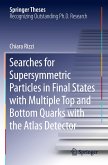
Broschiertes Buch
1st ed. 2020
3. September 2021
Springer / Springer International Publishing / Springer, Berlin
978-3-030-52879-9
| Gebundenes Buch | 74,99 € | |
| eBook, PDF | 73,95 € |
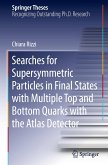
Gebundenes Buch
1st ed. 2020
2. September 2020
Springer / Springer International Publishing / Springer, Berlin
978-3-030-52876-8
eBook, PDF
1. September 2020
Springer International Publishing
eBook, PDF
7. Februar 2017
Springer International Publishing
| Gebundenes Buch | 110,99 € |
Ähnliche Artikel
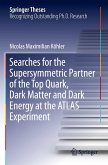
Broschiertes Buch
1st ed. 2019
24. September 2020
Springer / Springer International Publishing / Springer, Berlin
978-3-030-25990-7
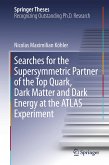
Gebundenes Buch
1st ed. 2019
24. September 2019
Springer / Springer International Publishing / Springer, Berlin
978-3-030-25987-7
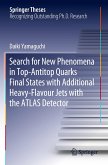
Broschiertes Buch
1st ed. 2019
12. November 2020
Springer / Springer Nature Singapore / Springer, Berlin
978-981-15-0934-6
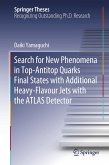
Gebundenes Buch
1st ed. 2019
12. November 2019
Springer / Springer Nature Singapore / Springer, Berlin
978-981-15-0931-5
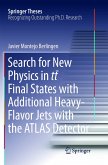
Broschiertes Buch
Softcover reprint of the original 1st ed. 2016
30. Mai 2018
Springer / Springer International Publishing / Springer, Berlin
978-3-319-82253-2

Broschiertes Buch
1st ed. 2022
10. Februar 2023
Springer / Springer International Publishing / Springer, Berlin
978-3-030-90208-7
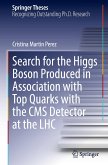
Gebundenes Buch
1st ed. 2022
10. Februar 2022
Springer / Springer International Publishing / Springer, Berlin
978-3-030-90205-6

Broschiertes Buch
Softcover reprint of the original 1st ed. 2017
11. August 2018
Springer / Springer International Publishing / Springer, Berlin
978-3-319-87549-1
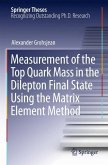
Gebundenes Buch
2010
16. September 2010
Springer / Springer Berlin Heidelberg / Springer, Berlin
80016773,978-3-642-14069-3
Ähnlichkeitssuche: Fact®Finder von OMIKRON
